Introduction
Artificial Intelligence (AI) is rapidly transforming industries worldwide, and India is making a significant push to establish its presence in the AI race. At the forefront of this effort is Krutrim-2, Ola’s latest AI model, which represents one of India’s most ambitious attempts to create an AI infrastructure deeply attuned to Indian languages and culture.
With a massive expansion from its predecessor, Krutrim-1, this new model focuses on enhancing Indic language processing, leveraging open-source collaboration, and scaling AI infrastructure to unprecedented levels. However, Krutrim-2 also faces challenges in balancing local specificity with global AI performance.
This blog explores the key features, innovations, challenges, and the future trajectory of Krutrim-2, highlighting its potential to shape the AI ecosystem in India.
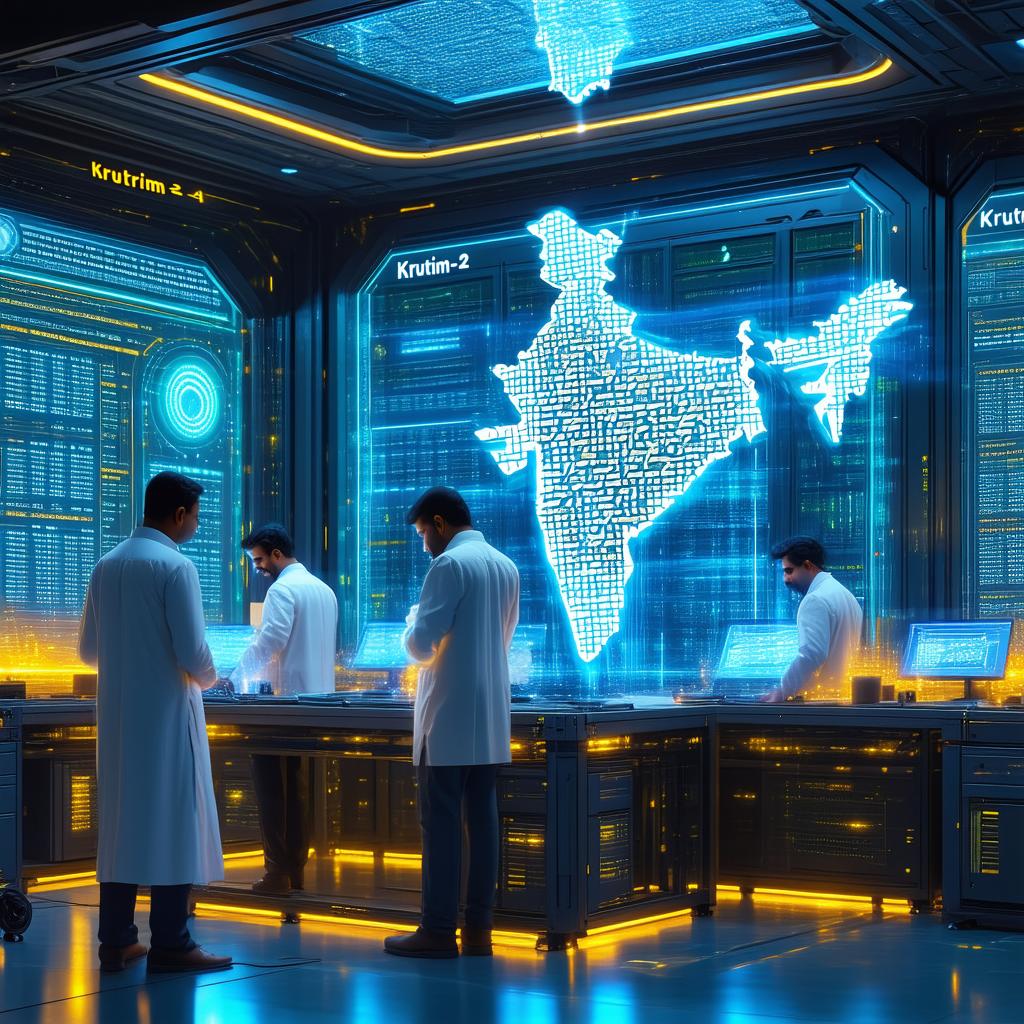
The Evolution of Krutrim-2: A Strategic Leap Forward
From Krutrim-1 to Krutrim-2: What’s New?
Krutrim-2 builds upon the foundation of Krutrim-1, significantly expanding its capabilities:
| Feature | Krutrim-1 | Krutrim-2 | Mistral-NeMo | DeepSeek-R1 |
| Parameters | 7B | 12B | 12B | 500B |
| Context Window | 4K tokens | 128K tokens | 128K tokens | 128K tokens |
| Supported Languages | 10 | 22 | 13 | 15 |
| MMLU Score | 0.58 | 0.63 | 0.68 | 0.75 |
| BharatBench (Indic AI) | – | 0.95 | – | – |
Krutrim-2’s architecture is designed to prioritize India’s linguistic diversity while striving for competitive performance globally.
Performance Gains and Benchmark Realities
Despite a 71% increase in parameters, Krutrim-2 still trails behind global AI models like Mistral-NeMo in general benchmarks (MMLU). However, it shines in BharatBench, an Indic-language-specific benchmark, where it achieves an impressive 0.95 score, proving its strength in regional language processing.
This trade-off raises an important question: Should India’s AI models focus solely on outperforming global models, or should they carve a niche by excelling in Indic-language optimization?
Challenges in Building a Culturally Grounded AI
1. Complex Tokenization for Indian Scripts
One of the biggest hurdles for AI models processing Indian languages is the complexity of Brahmic scripts. Indian languages such as Hindi, Tamil, and Kannada use scripts with conjunct consonants, vowel diacritics, and complex grammatical structures.
For example, in Devanagari (used in Hindi and Marathi), some words require multiple tokens for a single syllable, reducing efficiency and increasing computation costs. Krutrim-2 attempts to address this issue, but tokenization inefficiencies still persist, impacting accuracy.
2. Reliance on Synthetic Data for Low-Resource Languages
India has over 19,500 languages and dialects, but many of them have limited digital resources. AI models rely on synthetic datasets to train on these languages, but this introduces grammatical inconsistencies.
For instance, in Bhojpuri—a low-resource language—testing showed that 38% of Krutrim-2’s outputs contained tense agreement errors. This highlights the urgent need for higher-quality datasets from real-world sources.
3. Balancing Local vs. Global AI Standards
Krutrim-2 prioritizes BharatBench, an Indic-centric benchmark, over global AI metrics like MMLU. While this improves Indian language processing, it also leads to a 7.4% performance gap compared to Mistral-NeMo, sparking debates about whether India should optimize AI models for global competitiveness or focus on localized applications.
Open-Sourcing Krutrim-2: A Boon for AI Innovation in India?
Krutrim-2 follows the global trend of open-sourcing, fostering collaboration and enabling startups to build AI-powered applications.
Real-World Applications of Krutrim-2
✅ Chitrarth-1 (Vision-Language AI) – Processes Tamil shop names & Odia manuscripts with 89% accuracy.
✅ Dhwani-1 (Speech-to-Text AI) – Converts Haryanvi dialect speech into text, aiding rural telemedicine platforms.
✅ Vyakhyarth-1 (Search Embeddings) – Powers vernacular search for agritech apps.
✅ Krutrim Translate – Handles 10 million language translations daily.
Challenges in Open-Source Adoption
Despite these innovations, hardware limitations remain a barrier. Most startups lack access to NVIDIA-grade GPUs, which are essential for solving tokenization flaws and enhancing AI efficiency.
Additionally, while Krutrim-2’s hosting on DeepSeek costs just $0.003/token (60% cheaper than GPT-4), adoption remains low—only 3% of India’s AI workforce is actively using it.
India’s AI Infrastructure Scaling: The Roadmap to 2026
To make Krutrim-2 a world-class AI model, Ola is committing ₹10,000 crore ($1.2 billion) over the next two years towards AI infrastructure:
🔹 Supercomputing Power – The NVIDIA GB200 supercomputer will process 2 trillion Indic tokens by Q3 2025, making it India’s largest AI infrastructure.
🔹 Custom AI Chips (“Bodhi” Series) – These Bharatiya language-optimized AI chips will be deployed in 2026 to enhance local AI efficiency.
🔹 Shivaay Training Framework – This system compresses 200 billion tokens onto just 8 GPUs, democratizing AI model training for startups.
However, Krutrim-2 still lags behind DeepSeek in token processing speed, meaning further algorithmic improvements are necessary.
Conclusion: The Future of Krutrim-2 and India’s AI Ambitions
Krutrim-2 represents India’s boldest AI effort yet, focusing on linguistic diversity and Indic AI advancement. However, its success depends on overcoming three key hurdles:
1️⃣ Optimizing Tokenization for Indian Scripts 2️⃣ Enhancing Data Quality for Low-Resource Languages 3️⃣ Finding the Right Balance Between Local and Global AI Standards
As Bhavish Aggarwal (Ola CEO) puts it: “We’re learning to walk before we run.”
The next few years will determine whether India can build an AI ecosystem that is both culturally rich and globally competitive.
Courtesy: Internet
Disclaimer
This blog is for informational purposes only. While every effort has been made to provide accurate insights, readers should conduct their own research before making AI-related decisions. AI development is a rapidly evolving field, and new advancements may impact the insights provided here.
Stay informed and keep exploring the exciting world of AI! 🚀
See Also:
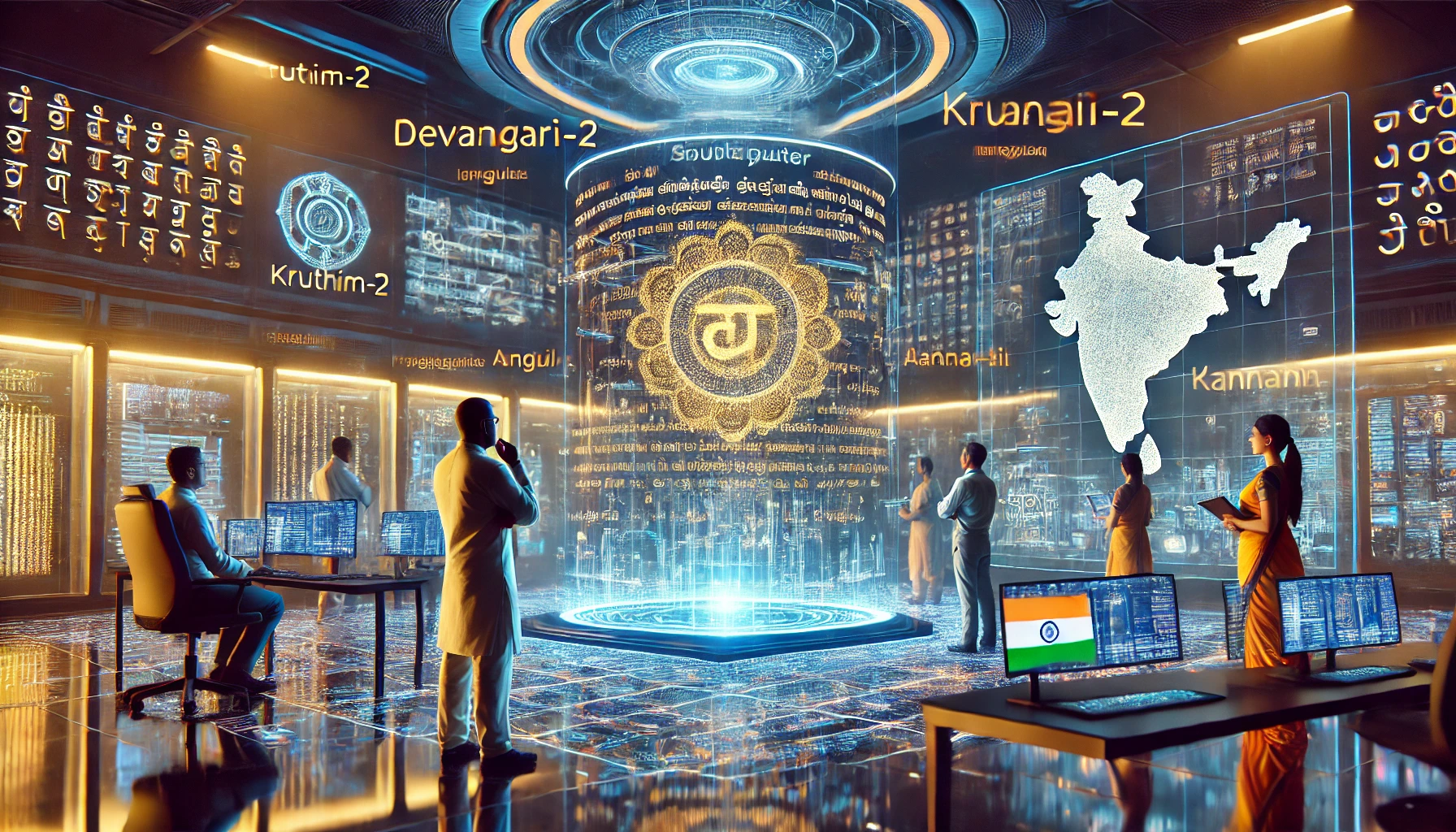
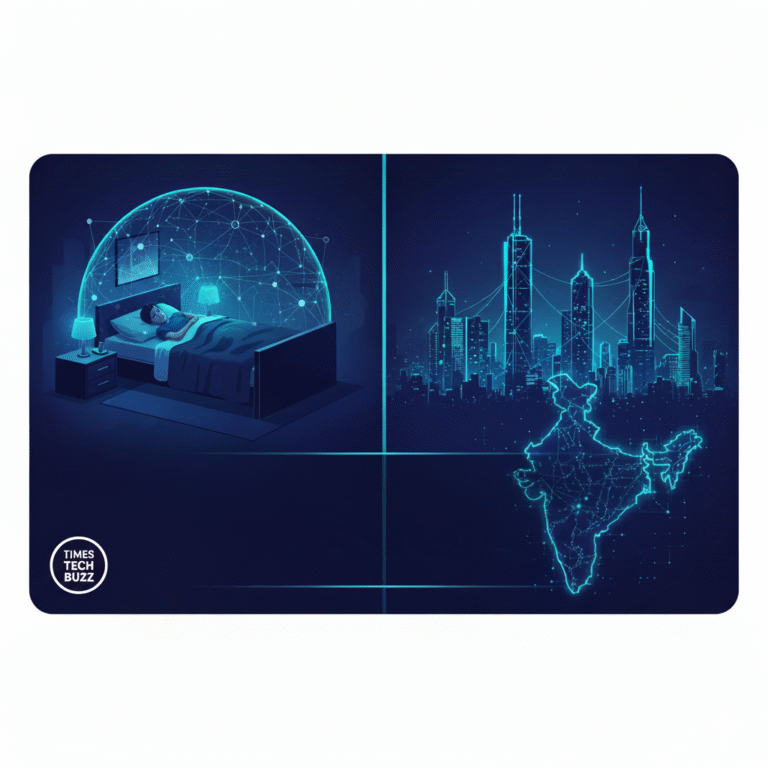
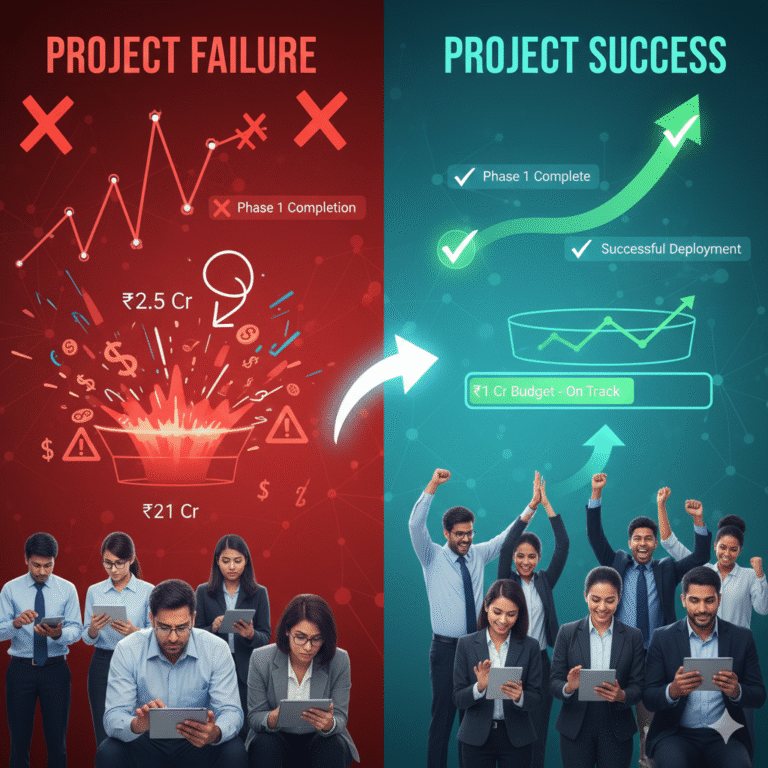


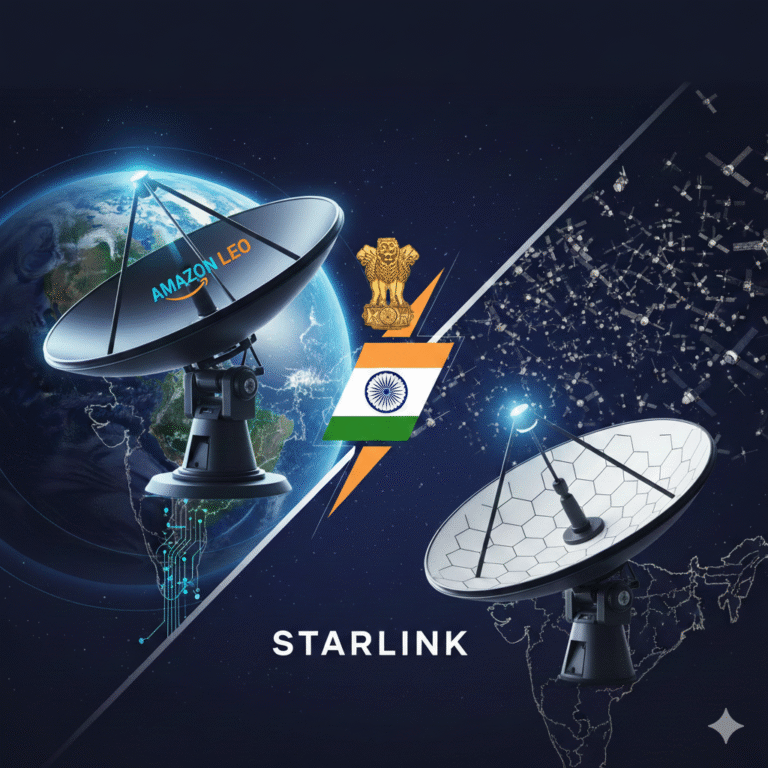


Your article helped me a lot, is there any more related content? Thanks!